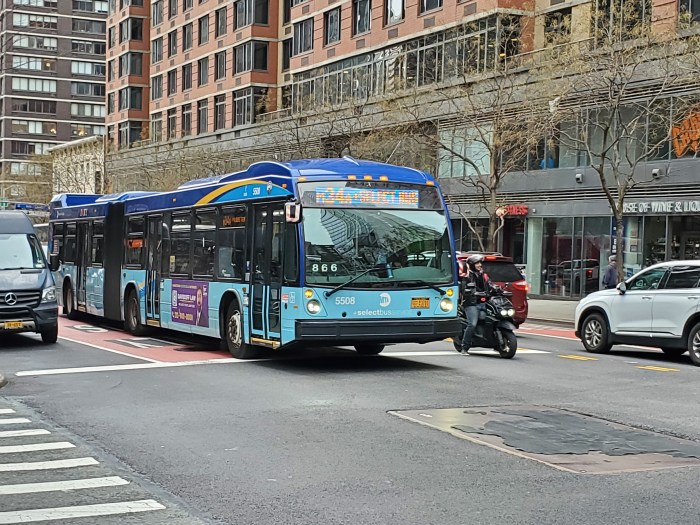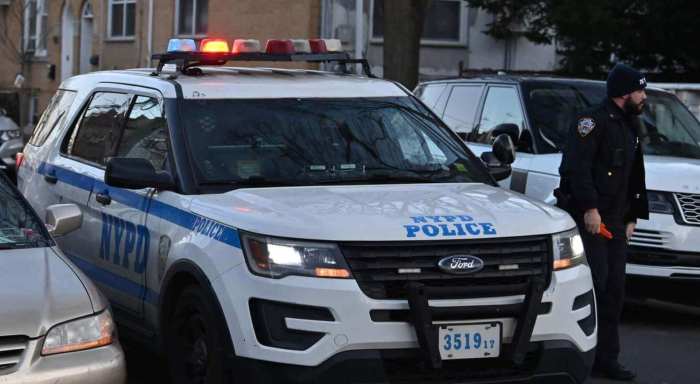New Yorkers mulled the fate of their commutes Thursday night at the second and final public hearing on the L train shutdown.
Before Metropolitan Transportation Authority Chairman Tom Prendergast settled in for round two at the Salvation Army Theater just off the L’s Union Square stop, he called last week’s meeting “insightful.”
“What I took from last week’s meeting is how important it is to give customers information about what their travel alternatives will be,” said MTA NYCT President Veronique Hakim “and give them as much lead time as possible.”
At that Marcy Avenue Armory meeting in Brooklyn, the MTA laid out its two official shutdown options. One would completely shutdown L train service into Manhattan, between the Eighth Avenue and Bedford Avenue stops, for 18 months. The second option would be to close one track at a time for three years with no service between Bedford Avenue and Lorimer Street. The MTA would single-track trains into Manhattan, while reducing service along the line by 80 percent.
During the shutdown, service will be boosted along the J, M and G lines. The MTA will run full-length G trains to increase service along the line by 160 percent. Shuttle buses over the Williamsburg Bridge and Select Bus Service for crosstown Manhattan trips would also be added to bear the 400,000 riders who take the train on the average weekday.
With some time to let the options sink in, attendees in Manhattan came prepared. Brian Druss, of Long Island City, brought a map outlining a fleshed-out Bus Rapid Transit route along the L for service mitigation.
“We should really be investing in an entire dedicated bus system, anyway,” he added.
Prendergast said the MTA hasn’t finalized on which streets ersatz shuttle service would run just yet, but he agreed that obtaining dedicated bus right of way would be imperative to move commuters.
“If you saw the bus bridge that we did when we started to restore service after Sandy, we couldn’t not have possibly have done that without dedicated bus lanes,” he said. “The ability to ensure buses can make that cycle trip and get back to make another trip — the relationship between the two couldn’t be stronger.”
The MTA points out that if the L train were its own separate service, it would rank among the top ten already transit systems in the country.
Gina Jones, who lives off the L line in Canarsie and takes the train to her banking job in Manhattan on weekdays, prefers the quickest repair option possible.
“Well, I’m not happy about it,” said a matter-of-fact Jones, “But I understand the work needs to be done and 18 months is long enough.”
The MTA plans to make its decision on the two options within the next three months.
Like last week’s meeting, residents couldn’t speak with MTA officials directly. Instead, they filled out comment cards with questions, which were collected and read out loud to officials after a video presentation.

















